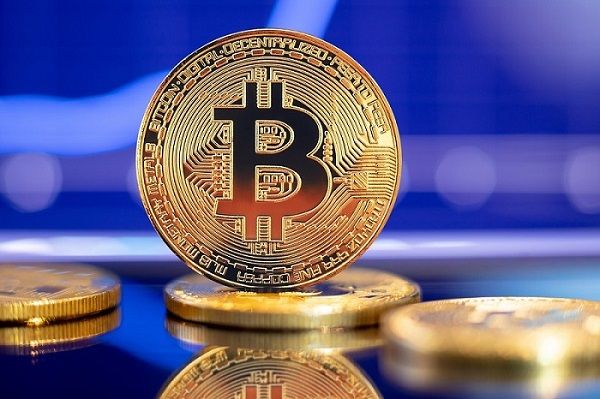US Dollar Index drifts higher above 98.50 as Trump reassures traders

- US Dollar Index edges higher to around 98.85 in Monday’s Asian session.
- Trump said the China situation “will all be fine.”
- UoM Consumer Sentiment Index declined to 55 in October, stronger than expected.
- Fears of a prolonged US government shutdown and Fed rate cut bets might cap the DXY’s upside.
The US Dollar Index (DXY), an index of the value of the US Dollar (USD) measured against a basket of six world currencies, trades on a stronger note near 98.85 during the Asian trading hours on Monday. Markets hope for a compromise in the United States (US)-China trade war, lifting the US Dollar against its rivals.
US President Donald Trump on Friday had threatened 100% tariffs on China from November 1. China warned the US that it would retaliate if Trump failed to back down on his threat to impose levies on Chinese imports. On Sunday, Trump softened his tone, saying that China’s economy “will be fine” and that the US wants to “help China, not hurt it.” Traders hoped the US would temper its latest escalation of the trade war with China, helping limit the DXY’s losses.
Consumer confidence in the US deteriorated in early October, with the University of Michigan's Consumer Sentiment Index declining to 55.0 in its preliminary estimate from 55.1 in September. This figure came in better than the market consensus of 54.2. Meanwhile, the 1-year Consumer Inflation Expectation edges lower to 4.6% from 4.7% in September, and the 5-year Consumer Inflation Expectation remained unchanged at 3.7%.
The potential upside for the US Dollar might be limited amid uncertainty due to the US government shutdown. The US federal shutdown has entered its third week as Congress remains deadlocked on a funding plan, and the Senate isn’t scheduled to hold any votes until Tuesday.
Markets are pricing in nearly a 97% chance that the Federal Reserve (Fed) cuts rates by 25 basis points (bps) at its October meeting, while the possibility of an additional reduction in December is at 92%, according to the CME FedWatch tool.
US Dollar FAQs
The US Dollar (USD) is the official currency of the United States of America, and the ‘de facto’ currency of a significant number of other countries where it is found in circulation alongside local notes. It is the most heavily traded currency in the world, accounting for over 88% of all global foreign exchange turnover, or an average of $6.6 trillion in transactions per day, according to data from 2022. Following the second world war, the USD took over from the British Pound as the world’s reserve currency. For most of its history, the US Dollar was backed by Gold, until the Bretton Woods Agreement in 1971 when the Gold Standard went away.
The most important single factor impacting on the value of the US Dollar is monetary policy, which is shaped by the Federal Reserve (Fed). The Fed has two mandates: to achieve price stability (control inflation) and foster full employment. Its primary tool to achieve these two goals is by adjusting interest rates. When prices are rising too quickly and inflation is above the Fed’s 2% target, the Fed will raise rates, which helps the USD value. When inflation falls below 2% or the Unemployment Rate is too high, the Fed may lower interest rates, which weighs on the Greenback.
In extreme situations, the Federal Reserve can also print more Dollars and enact quantitative easing (QE). QE is the process by which the Fed substantially increases the flow of credit in a stuck financial system. It is a non-standard policy measure used when credit has dried up because banks will not lend to each other (out of the fear of counterparty default). It is a last resort when simply lowering interest rates is unlikely to achieve the necessary result. It was the Fed’s weapon of choice to combat the credit crunch that occurred during the Great Financial Crisis in 2008. It involves the Fed printing more Dollars and using them to buy US government bonds predominantly from financial institutions. QE usually leads to a weaker US Dollar.
Quantitative tightening (QT) is the reverse process whereby the Federal Reserve stops buying bonds from financial institutions and does not reinvest the principal from the bonds it holds maturing in new purchases. It is usually positive for the US Dollar.







